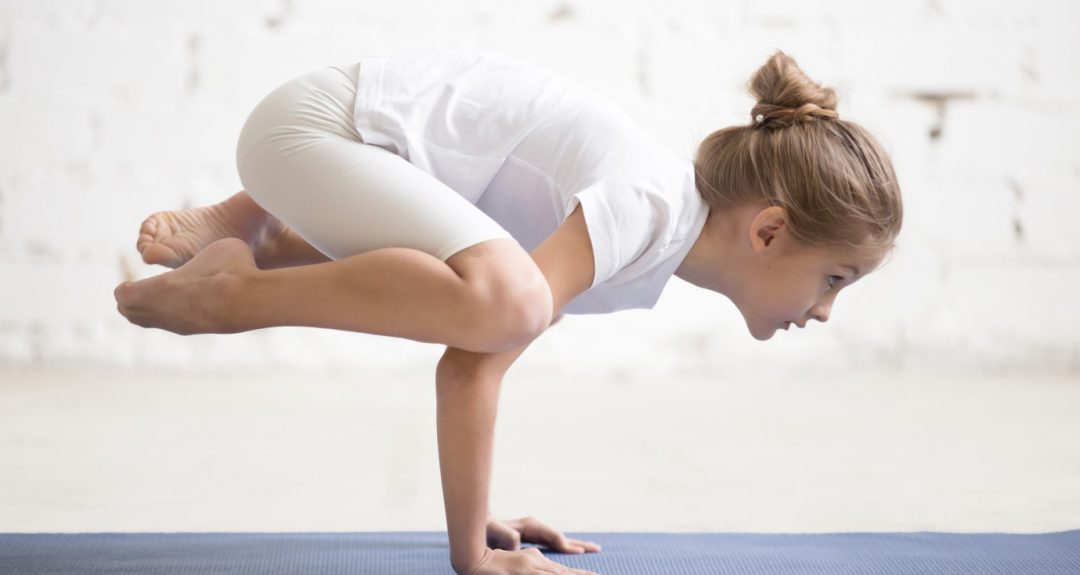Skills for a Lifetime of Good Health
Kids are back to school and the new academic year is promising to be filled with studying and learning exciting things! Alongside numerical and language literacy, physical literacy is paramount for children’s development and a lifetime of good health. Pilates – a fun, safe and low impact workout – can work wonders for your child’s wellbeing. The description and names of poses are inventive and encourage imagination in young minds. Kids play at standing like a tree, scrabbling like a crab, or sitting like a frog as they develop the following skills…
‘First educate the child’
Joseph Pilates
A for Alertness
Improvements in focus and concentration are well documented in active compared to sedentary children. While performing the Pilates postures your child will need to focus on one part of their body. Pilates places a lot of emphasis on proper breathing and the focused breathing techniques are essential to the exercises encouraging a more relaxed state of mind.
Pilates can help your child improve their concentration, which will boost their performance in both academics and sport. Poor sleep has been linked with slower learning, healing or recovery times and irritability. Regular Pilates practice improves sleep quality by helping to expend excess energy, improve breathing and increase concentration and focus outside of practice.

B for Body awareness
Joining a sports team is a great way to develop discipline, camaraderie and sportsmanship, but rarely during the school year are children encouraged to get up and move without having a competitive goal of beating another team, or besting a personal time. Pilates is a low-impact form of exercise that everyone can do at their own pace and level. There is no need to worry about keeping up with those at the top of the class and lessons can be tailored to suit.
Mastering a specific exercise provides a massive sense of accomplishment and boosts confidence. Pilates allows kids to enjoy movement for movement’s sake and can help in developing healthy movement patterns throughout life whether they participate in sport or not. Improving kids balance and co-ordination will further minimise injuries and build their self-esteem no matter what sport they wish to pursue at school or later in life.

C for Core strength
Many children spend hours sitting and staring at screens each day – computers, tablets and smartphones. These behaviours encourage slouching and can lead to a range of back problems in later life, but Pilates can help to correct this. Children that participate in Pilates classes have better spinal alignment and improved posture. Pilates strengthens muscles, benefits the joints and increases flexibility. It is the leading form of exercise for improving core strength which in turn minimises injuries while increasing athletic performance even for those kids who play a lot of sport already.
An increase in bone mass from exercise as a child, can prevent osteoporosis later in life. Childhood is the bone building years and Pilates assists by providing a safe and balanced form of body weight exercises. As children grow, their bone mass increases until it reaches what is called peak bone mass (PBM). PBM is the greatest amount of bone an individual can attain and is reached by adulthood. Children and adolescents who have higher PBM reduce their risk of osteoporosis later in life and thus prevention begins in childhood.

Conclusion
As children grow, their bodies are in a constant state of change and development. Correctly or incorrectly it is at this stage in their life where they will formulate the physical literacy that they will take throughout life – posture, the way they walk, the way they bend etc. Pilates can help establish healthy movement patterns that kids will use for their entire lives. Regular practice will create a balanced musculature that can alleviate pain and reduce the risk of injury now and as they continue to grow into adulthood.
Kids of all ages can try Pilates, regardless of fitness level or previous experience with athletic activities. Pilates will help them develop good habits for life – from correct posture to healthy breathing, improved concentration and body position awareness. The window of opportunity is now, sign them up for a class and be a positive influence towards their physical literacy for life!
This blog is written by Sophia Ayranova, MSc Sports Med. She teaches Kids Pilates on Wednesdays at APPI Wimbledon.
https://blogs.bmj.com/bjsm/2017/06/30/optimising-health-fitness-sports-performance-young-people/
1. González-Gálvez, N., Marcos-Pardo, P.J. & Carrasco-Poyatos M. (2019). Functional improvements after a Pilates program in adolescents with a history of back pain: A randomised controlled trial
2. Hornsby, E. & Johnston, L.M. (2019). Effect of Pilates Intervention on Physical Function of Children and Youth: A Systematic Review
3. https://www.nhs.uk/live-well/exercise/physical-activity-guidelines-children-and-young-people/
4. Stergioulas, A. & Tripolitsioti, A. (2001). The effects of Pilates training on children’s posture.

